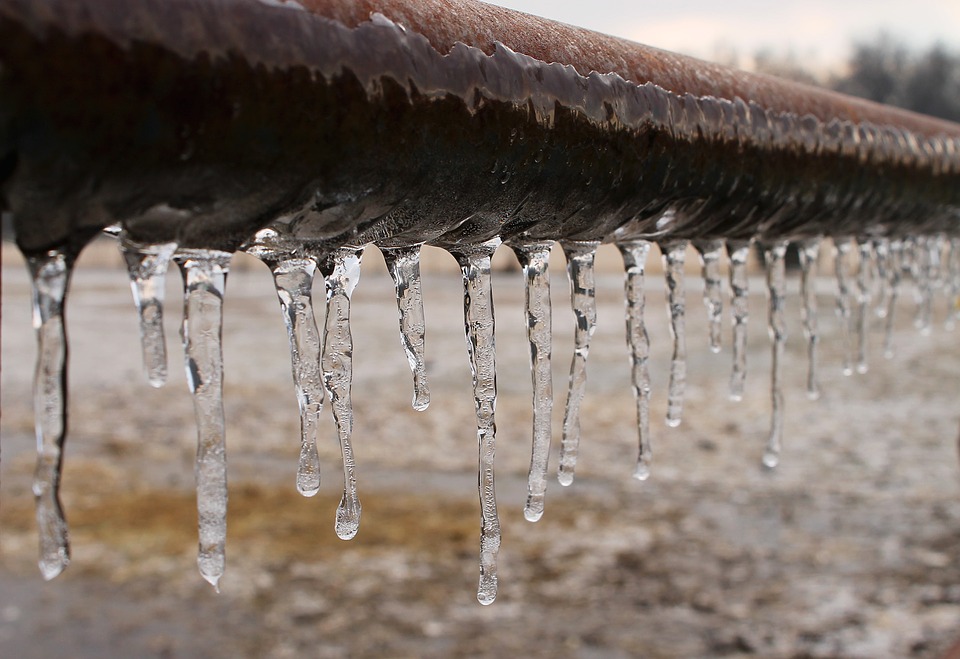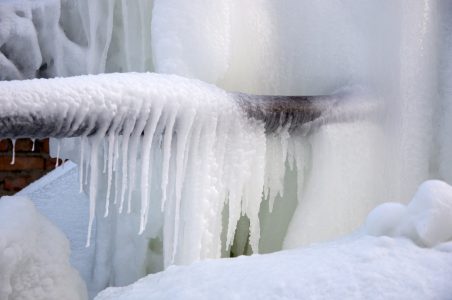We have noticed this post about Prevent Frozen Pipes down the page on the internet and believe it made good sense to write about it with you over here.

Winter can ruin your plumbing, specifically by freezing pipelines. Below's exactly how to avoid it from happening and what to do if it does.
Intro
As temperature levels drop, the risk of icy pipelines boosts, potentially causing pricey repairs and water damages. Comprehending exactly how to avoid frozen pipelines is important for home owners in chilly climates.
Comprehending Frozen Pipes
What creates pipelines to ice up?
Pipelines freeze when revealed to temperatures listed below 32 ° F (0 ° C) for expanded periods. As water inside the pipelines freezes, it increases, putting pressure on the pipeline wall surfaces and potentially causing them to burst.
Dangers and damages
Icy pipelines can lead to water system disruptions, home damages, and pricey repair services. Ruptured pipes can flooding homes and cause comprehensive structural damages.
Signs of Frozen Water Lines
Identifying icy pipelines early can avoid them from bursting.
Exactly how to recognize icy pipes
Look for decreased water flow from taps, unusual odors or sounds from pipelines, and noticeable frost on revealed pipelines.
Prevention Tips
Insulating at risk pipes
Wrap pipes in insulation sleeves or use warmth tape to safeguard them from freezing temperatures. Focus on pipes in unheated or outside areas of the home.
Home heating strategies
Keep interior areas adequately heated up, specifically areas with plumbing. Open closet doors to permit warm air to distribute around pipes under sinks.
Shielding Outdoor Plumbing
Yard tubes and outside taps
Disconnect and drain pipes garden tubes prior to winter months. Mount frost-proof faucets or cover outdoor taps with shielded caps.
What to Do If Your Pipes Freeze
Immediate actions to take
If you suspect icy pipes, maintain taps available to ease pressure as the ice thaws. Make use of a hairdryer or towels taken in warm water to thaw pipes slowly.
Long-Term Solutions
Architectural modifications
Take into consideration rerouting pipelines far from outside wall surfaces or unheated areas. Add added insulation to attic rooms, basements, and crawl spaces.
Updating insulation
Purchase premium insulation for pipelines, attics, and wall surfaces. Proper insulation helps keep consistent temperatures and minimizes the risk of icy pipes.
Conclusion
Preventing icy pipelines requires proactive actions and fast feedbacks. By recognizing the causes, signs, and safety nets, home owners can secure their pipes during winter.
Helpful Tips to Prevent Frozen Pipes this Winter
UNDERSTANDING THE BASICS: WHY PIPES FREEZE AND WHY IT’S A PROBLEM
Water freezing inside pipes is common during the winter months, but understanding why pipes freeze, and the potential problems it can cause is crucial in preventing such incidents. This section will delve into the basics of why pipes freeze and the associated problems that may arise.
THE SCIENCE BEHIND FROZEN PIPES
When water reaches freezing temperatures, it undergoes a physical transformation and solidifies into ice. This expansion of water as it freezes is the primary reason pipes can burst. As the water inside the pipe freezes, it expands, creating immense pressure on the walls. If the pressure becomes too great, the pipe can crack or rupture, leading to leaks and water damage.
FACTORS THAT CONTRIBUTE TO PIPE FREEZING
Low Temperatures: Extremely cold weather, especially below freezing, increases the risk of pipes freezing. Uninsulated or Poorly Insulated Pipes: Pipes located in unheated areas, such as basements, crawl spaces, or attics, are more prone to freezing. Insufficient insulation or lack of insulation altogether exacerbates the problem. Exterior Wall Exposure: Pipes running along exterior walls are susceptible to freezing as they encounter colder temperatures outside. Lack of Heating or Temperature Regulation: Inadequate heating or inconsistent temperature control in your home can contribute to frozen pipes. PROBLEMS CAUSED BY FROZEN PIPES
- Pipe Bursting: As mentioned earlier, the expansion of water as it freezes can cause pipes to burst, resulting in significant water damage.
- Water Damage: When pipes burst, it can lead to flooding and water damage to your property, including walls, ceilings, flooring, and personal belongings.
- Structural Damage: Prolonged exposure to water from burst pipes can compromise the structural integrity of your home, leading to costly repairs.
- Mold and Mildew Growth: Excess moisture from water damage can create a favorable environment for mold and mildew growth, posing health risks to occupants.
- Disrupted Water Supply: Frozen pipes can also result in a complete or partial loss of water supply until the issue is resolved.
WHY CERTAIN PIPES ARE MORE PRONE TO FREEZING
- Location: Pipes located in unheated or poorly insulated areas, such as basements, crawl spaces, attics, or exterior walls, are at higher risk of freezing.
- Exterior Pipes: Outdoor pipes, such as those used for irrigation or exposed plumbing, are particularly vulnerable to freezing as they are directly exposed to the elements.
- Supply Lines: Pipes that carry water from the main water supply into your home, including the main water line, are critical to protect as freezing in these lines can affect your entire plumbing system.
- Underground Pipes: Pipes buried underground, such as those connected to sprinkler systems or outdoor faucets, can be susceptible to freezing if not properly insulated.
https://busybusy.com/blog/helpful-tips-to-prevent-frozen-pipes-this-winter/

As an enthusiastic reader about How to Prevent Your Pipes From Freezing, I think sharing that information was sensible. For those who enjoyed reading our blog post plz make sure you remember to pass it around. I am grateful for your time. Don't hesitate to pay a visit to our site back soon.
Call Today
 Jonathan Taylor Thomas Then & Now!
Jonathan Taylor Thomas Then & Now! Alana "Honey Boo Boo" Thompson Then & Now!
Alana "Honey Boo Boo" Thompson Then & Now! Julia Stiles Then & Now!
Julia Stiles Then & Now! Talia Balsam Then & Now!
Talia Balsam Then & Now! Meadow Walker Then & Now!
Meadow Walker Then & Now!